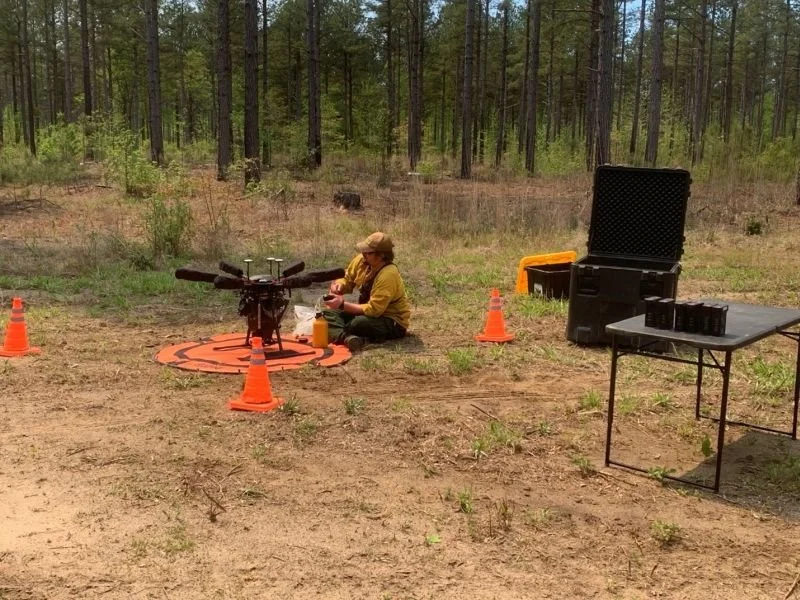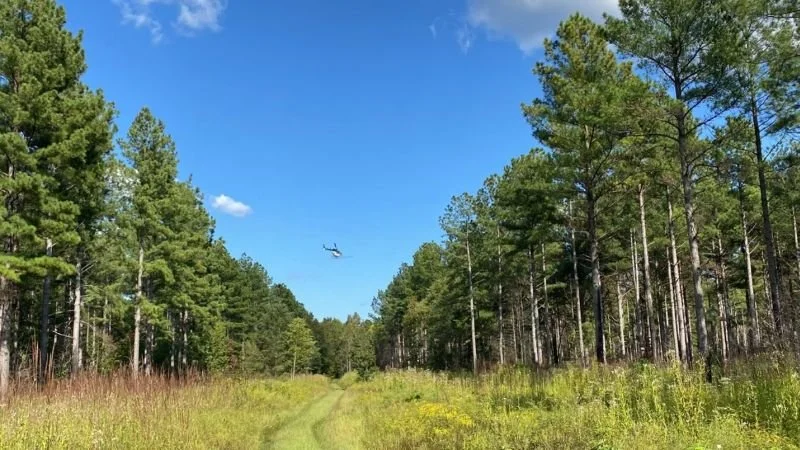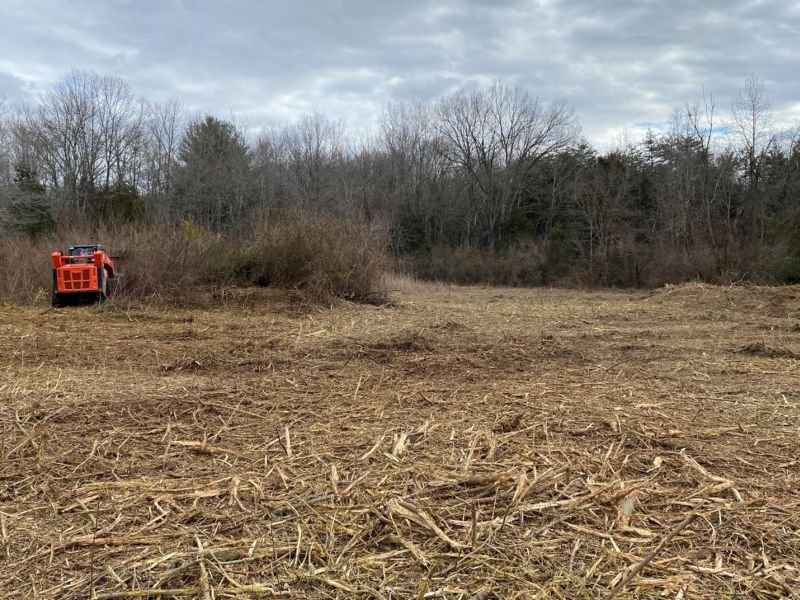NWTF Virginia and DWR Advance Healthy Habitats in the Old Dominion
/EDGEFIELD, S.C. — The Virginia State Chapter of the National Wild Turkey Federation continues to partner with the Virginia Department of Wildlife Resources to fund habitat enhancement projects that contribute to healthier ecosystems throughout the Commonwealth. Recent projects on two key wildlife management areas illustrate how this partnership is bolstering NWTF conservation initiatives and delivering results for wildlife and the people who enjoy them.
“Both of these wildlife management areas fall within the NWTF's Forest & Flocks Initiative,” said Cully McCurdy, NWTF District Biologist for Virgina, North Carolina and West Virginia. “The work completed meets one of the primary objectives of the initiative which is to establish young forest, early successional and grassland habitats that increase nesting and brood cover.”
Mattaponi Wildlife Management Area
Photo courtesy of Casey Sousa
The Virginia NWTF State Chapter recently granted $25,500 to the Virginia Department of Wildlife Resources for a habitat enhancement project within the Mattaponi WMA earlier this year. Land managers used the funds to mulch along fire lines to remove undesirable and non-native vegetation. Following the mulching, an annual herbicide treatment will be applied to keep woody, non-native vegetation out of project areas.
“The mulching occurred in March,” said Casey Sousa, Virginia DWR wildlife area manager. “Between the two machines, around 30 acres [were mulched] to create fire lines and brooding strips this past year. Now, the areas are growing back as warm season grasses, forbs, legumes and pollinator friendly grasses.”
The state chapter granted an additional $15,000 to the Mattaponi wildlife management area for an aerial herbicide application on 173 acres of recently thinned pines. Following the herbicide application, managers manually cut and removed areas with undesirable vegetation such as sweet gums.
Photo courtesy of Casey Sousa
“We also burned the 173-acre unit on April 29,” Sousa said. “After we burned it, my plans were to convert it to a pine savannah, which is why we did the aerial herbicide application that targeted hardwoods specifically at the end of August.”
Mattaponi Wildlife Management Area is over 2,500 acres in total. It is mainly pine stands but also contains areas of hardwood stands, wetlands and 6 miles of access to the Mattaponi River. Since the NWTF granted funds for these projects, managers have seen an increase in the number of species utilizing the landscape.
“I hope to see more upland game birds, such as quail and turkey, more open-lands and early successional habitat for those birds to have nesting and brooding areas,” Sousa said. “Before these areas were mulched, they were covered in sweetgums that were about five or six inches in diameter and 30 feet tall, and quail and turkey wouldn’t prefer to use those areas. Now, it’s more appealing to them to use those areas that we’re doing this work in. My overall goal is to have more wildlife use and create early successional habitat.”
C.F. Phelps Wildlife Management Area
The Virginia NWTF State Chapter granted the Virginia DWR $51,000 for a habitat enhancement project within the C.F. Phelps WMA. The funds were put toward conducting prescribed fire effects, using herbicide applications and a forestry mulcher to remove invasives and other less-desirable woody plants from the project areas and begin fostering native grasses and shrubs, reclaiming over 20 acres of historically open land.
These openings will create better nesting, brood and foraging habitats for wild turkeys and for a variety of other native wildlife species.
The C.F. Phelps Wildlife Management Area consists of over 4,500 acres of various land cover such as bottomland, small early successional fields, agricultural land and mature hardwood forests interspersed with pines, which make up a majority of the land cover. Historically, there was much more open land within the WMA, but many of those early successional areas have been lost to invasive species proliferation.
Photo courtesy of Jon Petri
“We’re trying to restore early successional landscapes to the property by removing the invasives from the area,” said Jon Petri, DWR wildlife area manager. “We originally mulched the autumn olive fields and then planted a cover crop in those areas to make sure we keep the invasives at bay. Then we burned and replanted it.”
Now, managers are waiting to see what naturally emerges from the seed bank. If invasive species return, they will plan to conduct another herbicide application followed by planting native seeds to restore the early successional habitat.
“The NWTF has been great to work with,” Petri said. “It's a fantastic way for people to have their money go to work on the ground that makes a difference. Without that, I don’t think this property would be as great as it is today. These larger projects really do change the landscape, little bit by little bit. It's so important to have good partners.”




